Scientific research satellite
Overview
A scientific research satellite is a type of artificial satellite specifically designed and equipped to conduct scientific research and gather data. These satellites are launched into space by various nations and organizations to study a wide range of scientific phenomena, including the Earth's atmosphere, space weather, astronomy, and more. They play a crucial role in advancing our understanding of the universe and our planet.
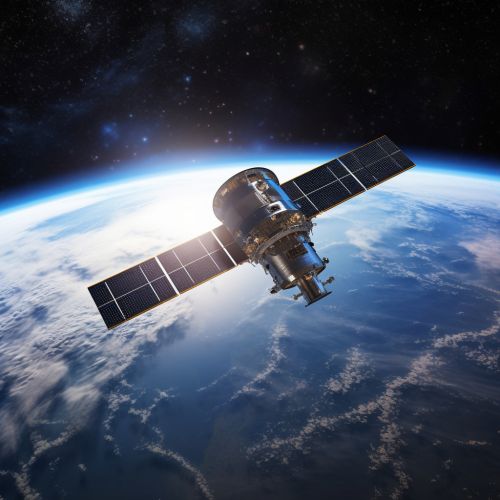
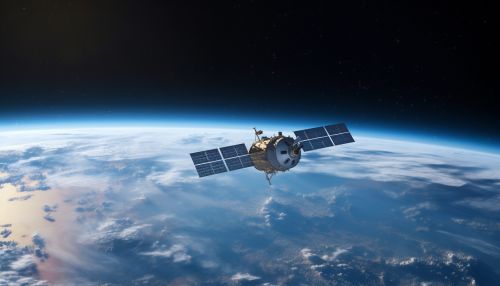
History
The history of scientific research satellites dates back to the mid-20th century, with the launch of the first artificial satellite, Sputnik 1, by the Soviet Union in 1957. This marked the beginning of the space age, and since then, thousands of satellites have been launched for various scientific purposes.
Types of Scientific Research Satellites
There are several types of scientific research satellites, each designed to study specific aspects of the universe or our planet.
Earth Observation Satellites
Earth observation satellites are used to monitor and study the Earth's surface, atmosphere, and oceans. They provide data on a wide range of topics, including weather forecasting, climate change, natural disasters, and more.
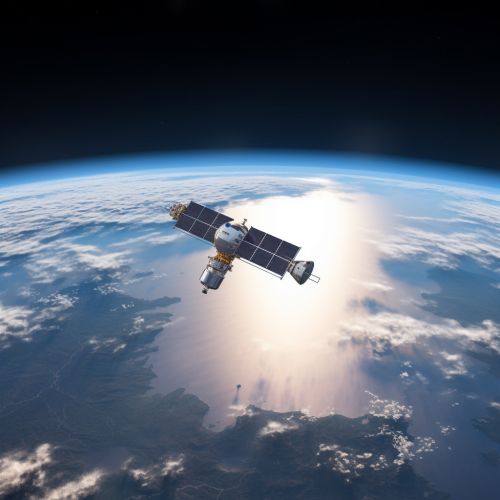
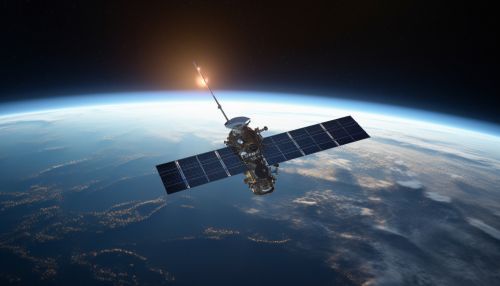
Astronomy Satellites
Astronomy satellites are used to observe celestial bodies, such as stars, galaxies, and planets, as well as phenomena like black holes and supernovae. These satellites operate outside the Earth's atmosphere, which allows for clearer and more detailed observations than can be made from the ground.
Space Weather Satellites
Space weather satellites monitor the sun and its effects on the Earth's magnetosphere, ionosphere, and thermosphere. These satellites help predict solar storms and other space weather events that can affect satellite operations and communications on Earth.
Planetary Science Satellites
Planetary science satellites are used to study other planets in our solar system. These satellites gather data on the composition, atmosphere, and surface features of these planets, which helps scientists understand their formation and evolution.


Design and Construction
The design and construction of a scientific research satellite involve several stages, from initial concept development to final assembly and testing. The process requires a multidisciplinary team of engineers and scientists, and can take several years to complete.
Concept Development
The first stage in the design process is concept development, where the mission objectives are defined and a preliminary design is created. This involves determining the scientific instruments that will be needed, as well as the satellite's size, weight, and power requirements.
Detailed Design
Once the concept has been developed, the next stage is detailed design. This involves creating detailed plans for the satellite's subsystems, including the propulsion system, power system, communication system, and scientific instruments.
Construction
After the design has been finalized, construction of the satellite can begin. This involves assembling the various subsystems and integrating them into the satellite structure.
Testing
Once the satellite has been constructed, it undergoes a series of rigorous tests to ensure it can withstand the harsh conditions of space. These tests include vibration testing, thermal testing, and vacuum testing.
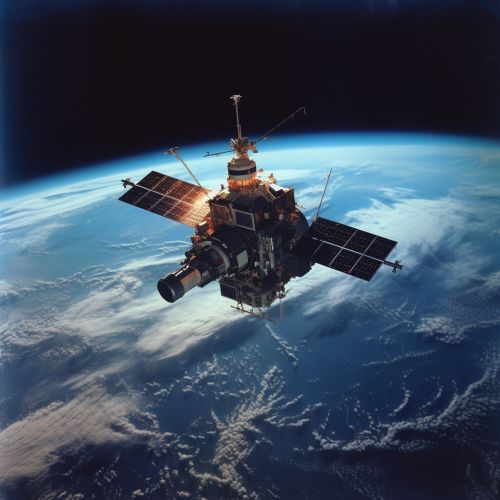
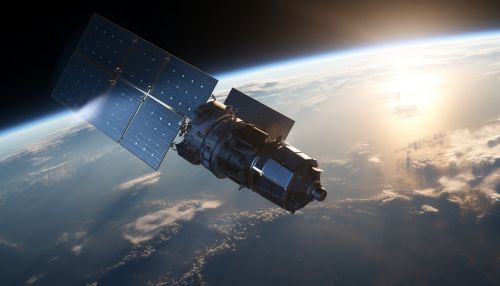
Launch and Operation
Launching a scientific research satellite into space is a complex process that requires careful planning and precise execution.
Launch
The launch of a scientific research satellite typically involves a launch vehicle, which is a rocket designed to carry the satellite into space. The launch vehicle carries the satellite into a specific orbit, depending on the mission requirements.
Operation
Once in orbit, the satellite begins its operational phase. This involves collecting data with its scientific instruments and transmitting this data back to Earth for analysis.
Impact on Science and Society
Scientific research satellites have had a profound impact on our understanding of the universe and our planet. They have revolutionized many fields of science, from astronomy and meteorology to geology and environmental science. In addition, they have numerous societal benefits, including improving weather forecasts, monitoring climate change, and aiding in disaster response.

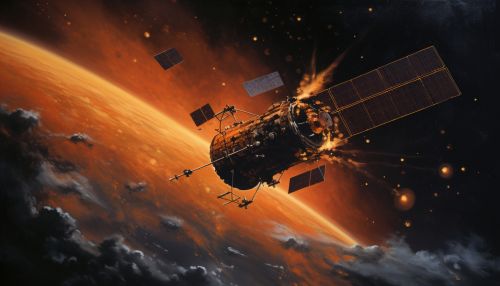
Future of Scientific Research Satellites
The future of scientific research satellites looks promising, with many exciting missions planned for the coming years. These include missions to study distant planets, search for extraterrestrial life, and investigate the mysteries of dark matter and dark energy. As technology continues to advance, we can expect scientific research satellites to play an even more crucial role in our exploration and understanding of the universe.
